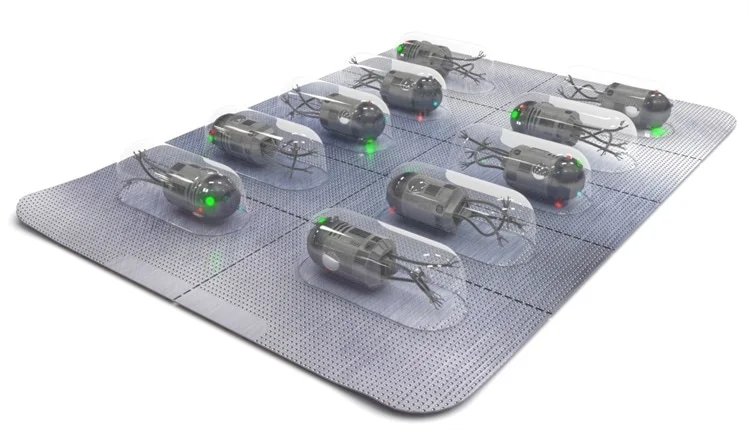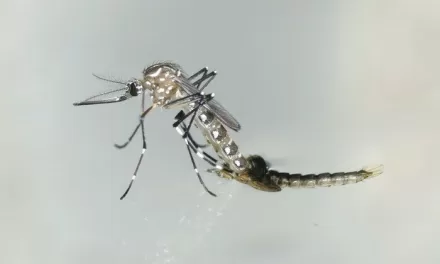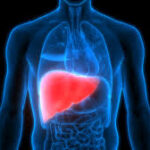In a groundbreaking perspective review recently published in Nature Reviews Materials, researchers delve into the burgeoning field of edible materials and their potential to transform robotics and food industries alike. The review, referencing over 150 publications, outlines how edible materials could revolutionize the development of robotic foods and edible robots, paving the way for futuristic applications in healthcare, nutrition, and environmental sustainability.
The concept of edible robots, while seemingly straight out of science fiction, holds immense promise in addressing pressing global challenges. Unlike traditional robots that contribute to waste and pollution, edible robots are designed to be degradable, digestible, and potentially nutritious or medicinal. These robots could enable targeted delivery of medical treatments, monitor health metrics, and reduce environmental impact, marking a significant leap forward in both technological innovation and ecological conservation.
“Imagine a world where the delivery drone itself could be eaten as dessert instead of being returned to the restaurant,” suggests Dr. Alice Smith, a robotics expert at Stanford University and co-author of the review. “This vision is not as far off as it might seem.”
The review highlights several key advancements and challenges in the field:
Advancements in Edible Robotics: Researchers have identified biomolecule-derived materials that can serve as viable components for edible robots, including cellulose for structural integrity, hydrogels for actuators, and biocompatible sensors for environmental monitoring. These materials not only mimic the functionalities of traditional robot components but also offer the potential for safe consumption.
Challenges and Considerations: Despite the promising strides, challenges remain. One significant hurdle is the integration of computational capabilities into edible robots, as current technologies rely heavily on semiconductor materials not typically suitable for ingestion. Ensuring the safety of these robots through rigorous clinical testing is another critical area of concern, as the interaction of various edible components within the body remains largely unexplored.
“Computation remains a key challenge,” notes Dr. Emily Chen, a materials scientist and co-author of the review. “Developing edible components that can reliably process data and perform complex tasks while maintaining safety standards is paramount.”
Future Prospects and Implications: Looking ahead, the potential applications of edible robotics extend beyond healthcare and into everyday life. From personalized nutrition to responsive environmental sensors, these technologies promise to reshape how we interact with food and technology. However, significant research and development efforts are needed to address current limitations and ensure the widespread adoption of edible robotics.
“While the vision of edible robots is compelling, translating it into practical applications requires interdisciplinary collaboration and continued innovation,” remarks Dr. Smith. “Addressing technological, ethical, and safety considerations will be crucial in realizing this vision responsibly.”
In conclusion, the perspective review underscores the transformative potential of edible robotics in merging the fields of robotics and food science. As researchers continue to explore new materials and design principles, the prospect of a future where robots can be both functional and edible may not be far off, heralding a paradigm shift in how we perceive and utilize technology in everyday life.
“As we move forward,” adds Dr. Chen, “the convergence of materials science, robotics, and culinary arts could lead to a new era of sustainable, innovative solutions that benefit both humans and the environment.”
The stage is set for edible robotics to emerge as a cornerstone of technological innovation in the 21st century, promising a future where robots not only serve us but may also become part of our diet and ecosystem.










